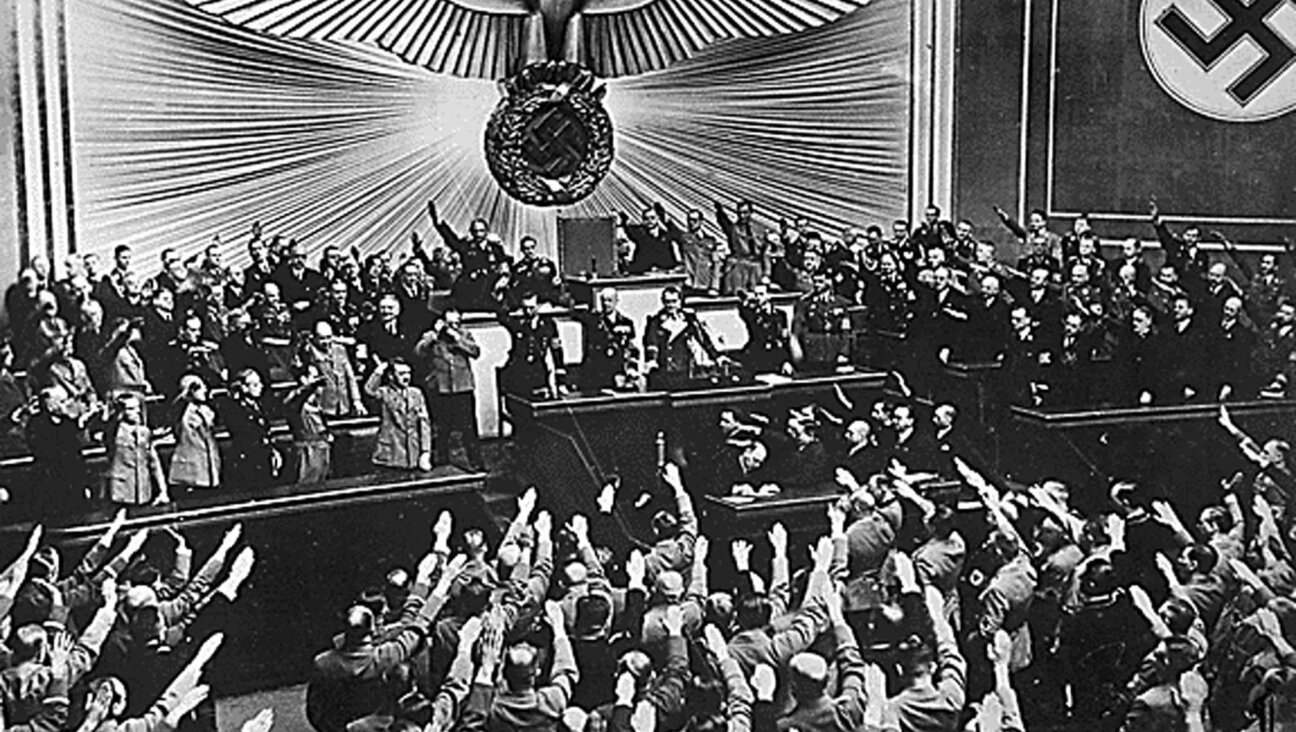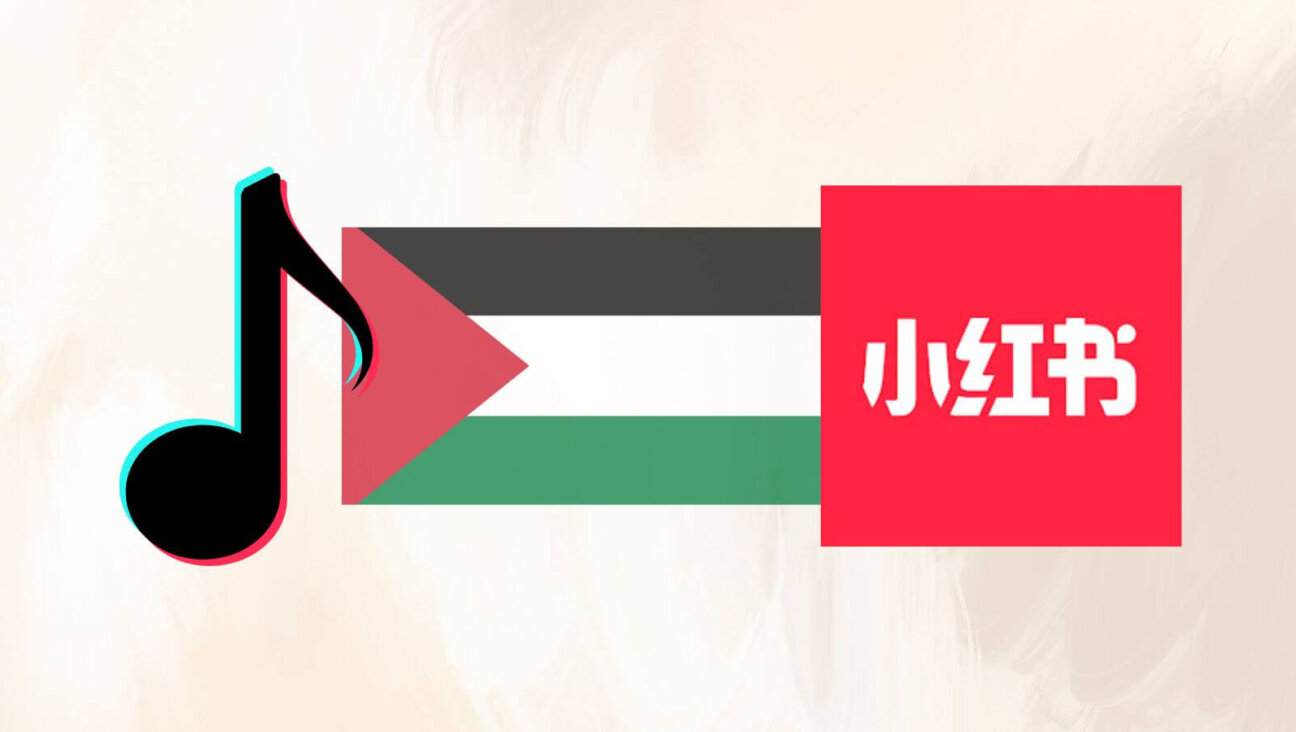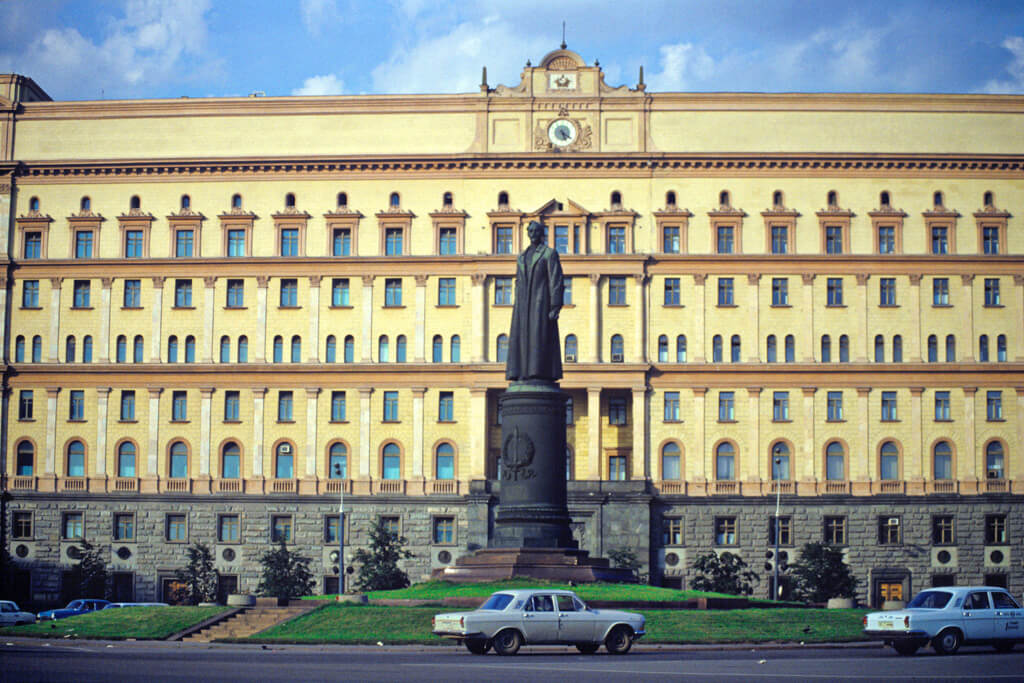Freeing Gilad Shalit
Very soon, it will be four years since the capture of Israeli soldier Gilad Shalit on June 25, 2006, a grim, frustrating anniversary that sends contradictory messages to the head and the heart. If there were easy answers here, they would have been found years ago; instead, it is possible that the recent botched raid on the Gaza-bound flotilla will only raise the price for Shalit’s release.
It is said that Shalit’s name has been mentioned more frequently in the Israeli media than the Iranian bomb. His image — hair cropped, dark eyes staring seriously ahead — is ubiquitous, serving as a kind of stand-in for Israeli fears that anyone else could have suffered his fate, held captive by a ruthless, recalcitrant Hamas unconcerned about the conventions of war. Shalit has become a touchstone for broader Jewish fears, as well, which helps explain the banners, the blogs and the yellow balloons. He’s everyone’s missing son.
The heart surrenders to this argument, knowing that we are commanded to redeem the captive at all costs, even if that would mean freeing a hundred or a thousand terrorists. Some Jews even imply that this lopsided equation only proves how much our tradition values a single life.
Trouble is, it’s difficult to know when and where the bidding on this auction will end. A straightforward accounting should never be the rule here, not when a human life that is both real and symbolic is at stake. But to proudly assert that Shalit’s release should trump all else places the Israeli government in an untenable position. The head must play a role here, too.
The effort to free Gilad Shalit is deeply embedded in Israel’s national psyche. Israelis, and Jews everywhere, fervently hope that the campaign on his behalf reaches a successful conclusion, and speedily. Yet we must also recognize that there are prices Israel cannot afford to pay for his freedom, painful as that recognition may be. Just as the plight of the serious-looking soldier has come to represent both Israeli vulnerability and solidarity, it is also teaching something to Israel’s enemies, and that may be a lesson we do not want them to learn.
A message from our Publisher & CEO Rachel Fishman Feddersen

I hope you appreciated this article. Before you go, I’d like to ask you to please support the Forward’s award-winning, nonprofit journalism so that we can be prepared for whatever news 2025 brings.
At a time when other newsrooms are closing or cutting back, the Forward has removed its paywall and invested additional resources to report on the ground from Israel and around the U.S. on the impact of the war, rising antisemitism and polarized discourse.
Readers like you make it all possible. Support our work by becoming a Forward Member and connect with our journalism and your community.
— Rachel Fishman Feddersen, Publisher and CEO






















